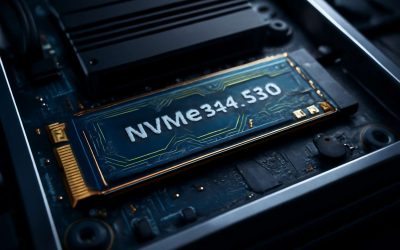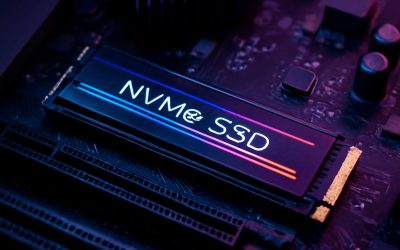
In the past few years, PCs have seen a significant performance boost as the world shifted away from mechanical HDD (hard disk drive) technology and adopted SSD (solid state drive). A solid-state drive uses flash memory chips to store and access data instead of a spinning platter and a moving read/write head like a traditional hard-disk drive. SSDs are much faster, slimmer and quieter and use far less power than HDDs. They also have a longer lifespan and are more durable to physical shock than their electromechanical counterparts.
In this article, we’ll take a look at the best ssd hard drive and show you how to choose one for your next PC. We’ll look at the different types of SSDs, their speed, storage capacity and other specifications. We’ll also show you how to make the most of your ssd hard drive and how to maintain it for maximum performance.
What is an SSD?
An SSD is a solid-state drive that replaces the mechanical components in a hard disk drive (HDD). Solid-state drives use microchips to store and retrieve data rather than a spinning disc and moving read/write arm. Solid-state drives are much faster than HDDs because the storage medium is instantly accessible. They are also slimmer, run silently, consume less power and have a long lifespan. They’re also more durable to physical shock and are more resistant to dust and heat than HDDs.
The technology behind an ssd hard drive is very similar to that used in USB memory sticks. The difference is that the memory chip in an ssd hard drive has a greater storage capacity. Solid-state drives are much more expensive than HDDs because they’re a newer technology. However, they’re becoming increasingly affordable as manufacturers scale down their costs and production efficiency improves.
The SSD market is expanding rapidly, and it’s likely that SSD prices will continue to fall over the next few years. However, the price gap between SSDs and HDDs remains large. For example, the fastest SSDs now cost about twice as much as the cheapest HDD.
SSDs are a more durable alternative to traditional HDDs because they don’t have any moving parts and can be dropped without risking the loss of data. They’re also more resistant to physical shock and operate silently. They can also be stored in a cooler temperature range and use far less power than an HDD, making them ideal for mobile computing applications.
SSDs can wear out over time if they’re written to repeatedly. To prevent this from happening, an ssd hard drive has software built in that spreads writes evenly across the flash memory cells. This prolongs the life of the drive and reduces the chances of cells dying prematurely. All SSDs come with a quoted write endurance number of terabytes written, which gives you an idea of how many times the drive can be used before it begins to degrade. However, even if the drive fails before reaching this limit, the manufacturer will replace it with a new model – although they won’t be able to bring back your data.



0 Comments